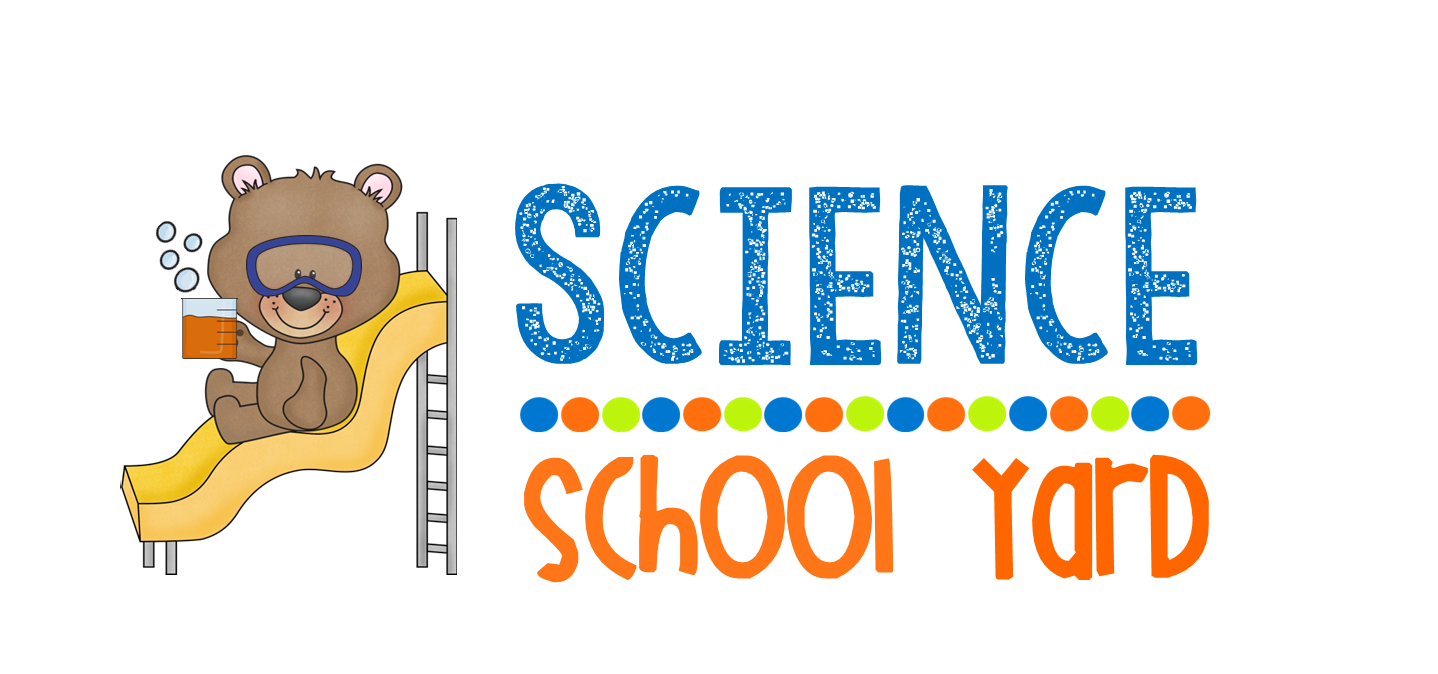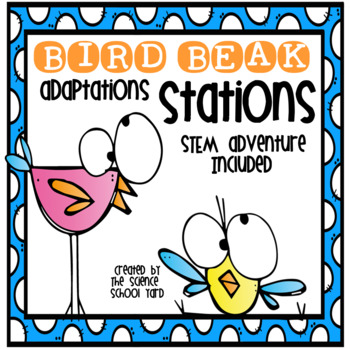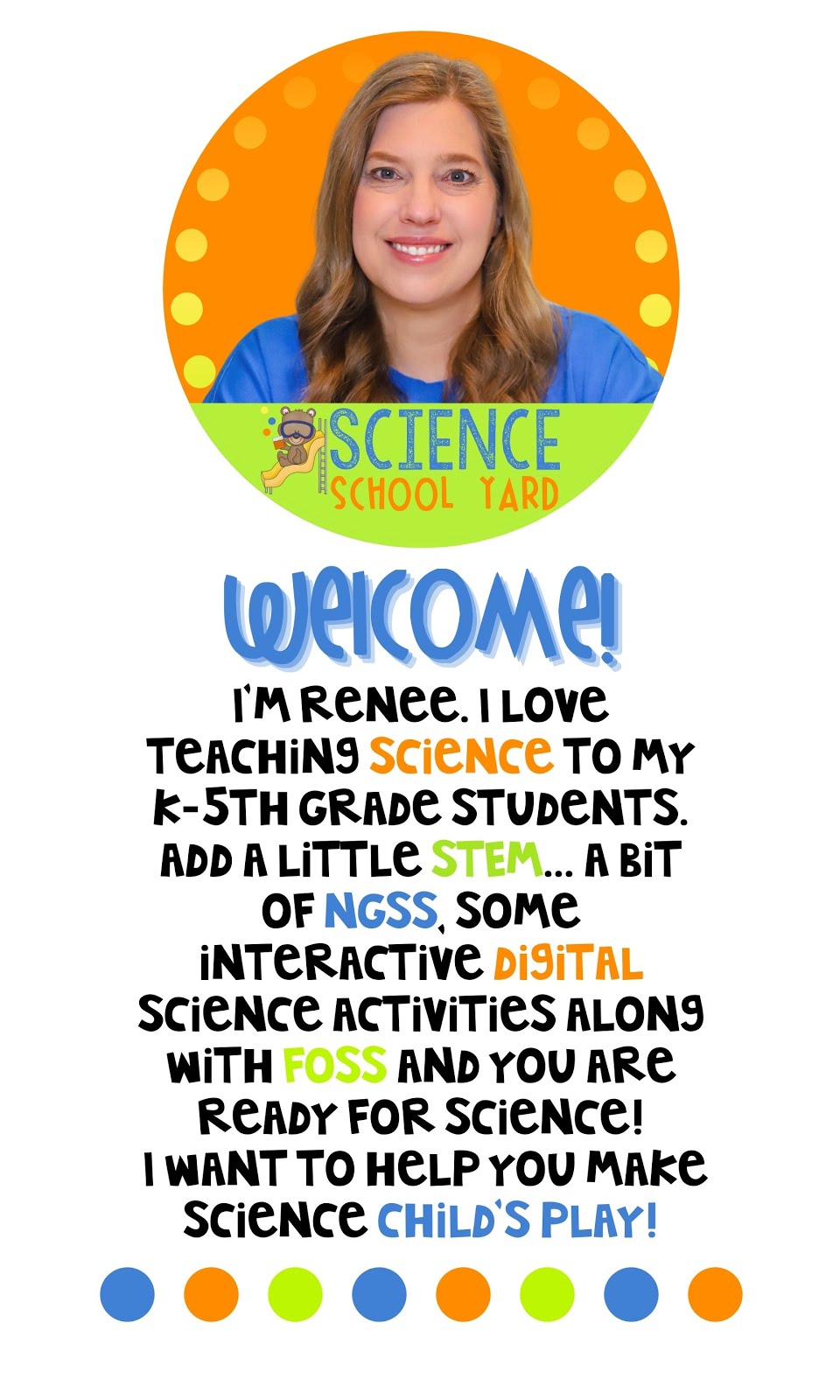This is some projected March themes for my classroom and STEM Club and Science Room! I always try to make sure that we follow our FOSS road map, however there are lots of ways for me to add a little bit of the Science School Yard, too!
Kindergarten: Weather and Spring
Idea 1: predictions and graphing the weather
Idea 2: Oviparous Animals (Oviparous Animals Pack)
Idea 3: Seasons and The Earth and Sun (Seasons Science K-1 Pack)
 |
| Using our smartboard to show what we know about oviparous animals! |
First Grade: Energy and Motion
We started our Motion portion of our lessons this week. As I started to create my road map, I noticed that St. Patrick's Day activities might be a perfect way to add some theme based motion ideas!
Idea 1: push and pull elevators (Motion Pack and STEM Velop St. Patrick's Day Pack)
Idea 2: push and pull cars
Idea 3: push and pull catapults
 |
| Milk Carton Cars with plastic wheels and straws...and a beanie baby along for a ride! |
 |
| Wind Mazes...some blocks and pompoms! |
Idea 1: wind mazes (Wind Science Pack)
Idea 2: Wind Turbines/Wind Mills (Wind Science Pack)
Idea 3: Weather unit along with predictions
3rd Grade: Spring Is In The Air
Idea 1: STEM Egg Protectors (STEM Energy Pack)
Idea 2: Energy: Hydro, Solar, and Wind (water wheels, Seasons and the sun, and Wind Powered cars)
Idea 3: Planting Seeds
4th grade: Human Body... March Madness
Idea 1: Prosthetic hand basketball game (Basketball STEM Pack)
Idea 2: Basketball Hoop and Catapult STEM and fraction connections by shooting hoops (Basketball STEM Pack)
Idea 3: March into Healthy Habits...reading food labels and learning about the digestive system (Heart Healthy Science Pack)
 |
| Prosthetic hand in use! |
5th Grade: Mixtures and Solutions...Rainbows and Chemical Reactions
Idea 1: Food Coloring and Milk as well as Cranberry Juice with citric acid and baking soda...color changes and creating different colors in the rainbow
Idea 2: Chemical Reaction Boats...getting ready for spring (freebie alert)
Idea 3: Somewhere Over The Rainbow Catapult along with learning about concave and convex lenses and finding the colors of a rainbow (STEM-Velop St. Patrick's Day Pack)
 |
| Freebie Alert! Sign Up for my newsletter and get the secret code to get into my free resources library! |
 |
| Find the sign up on the right or in the drop down! |
Happy March, Friends! Sure hope it is out like a lamb!
















































